Liturgical Space
NLC ARTICLES
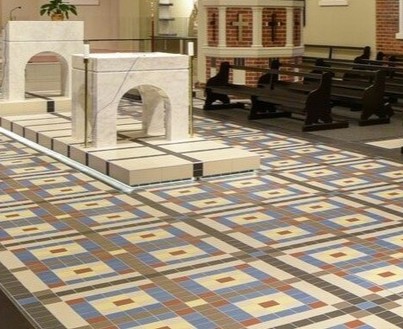
The liturgy is the corporate, communal action of Church, his Body; the context of the liturgical space is thus communal. Worshippers, because they are part of the Body of Christ, do not just watch and listen to others – they participate and act with Christ. The communal space expresses our understanding of the liturgical dynamic.
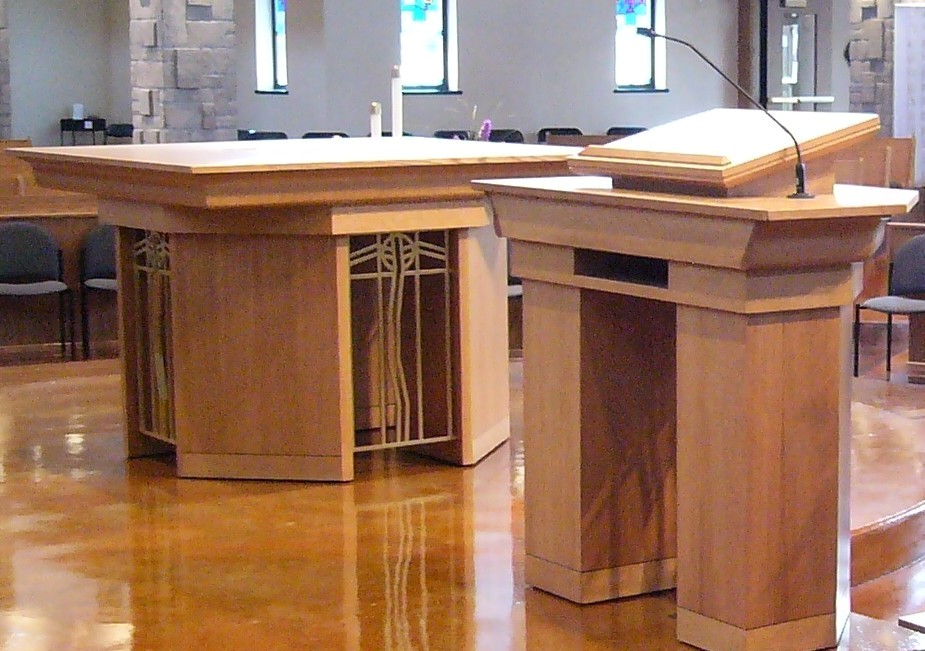
Churches should be suitable for carrying out the sacred action and for ensuring the active participation of the faithful. They should be truly worthy and beautiful and be signs and symbols of heavenly realities. This article explores the main components of the space for public worship.
DIOCESAN RESOURCES

Canberra-Goulburn
This downloadable resource describes the changes in preparing the worship space over the Centuries and outlines the extended approach which arose after the Second Vatican Council. It explores some theological and practical considerations in relation to liturgical art and preparing a suitable worship space that encourages the participation of the people and their engagement with liturgical symbols and the rites. (PDF:278 KB, 4 pages)

Perth
This downloadable document contains simple ideas for creating a small space for personal or group prayer. (PDF:332 KB, 1 page)

Sydney
These guidelines are available for request on the Archdiocesan website. They provide guidelines and a checklist on the process of introducing architectural changes in sacred spaces.
Other resources
Liturgy News
.jpg)
Access must speak to the dignity of the person and the equality of all. To promote the active participation of all the faithful in the liturgy, attention must be given to the design of a liturgical space, and to the creation of equitable, dignified and participatory access . Steps are often a barrier to participation and are generally to be avoided.
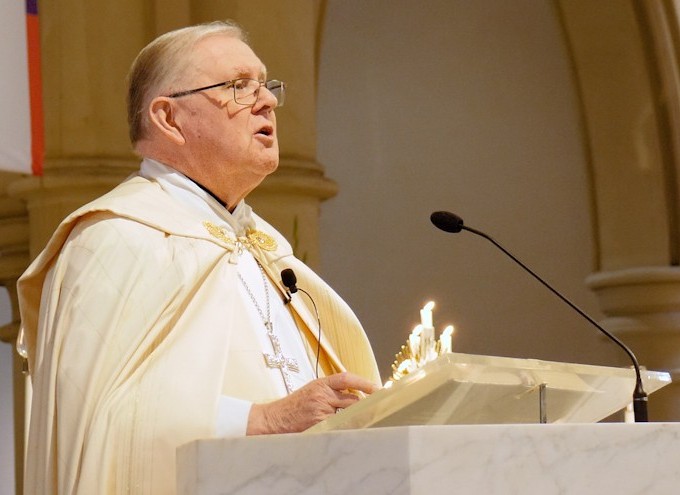
Proclamation is a bodily and relational act within and with the liturgical assembly. In this public act, the microphone gives the natural voice a lift; it supports but does not take over. Leaders who project their voice adequately in the liturgical assembly address the people not the microphone, leading to a more measured proclamation, suitable pauses, and more expansive gestures.
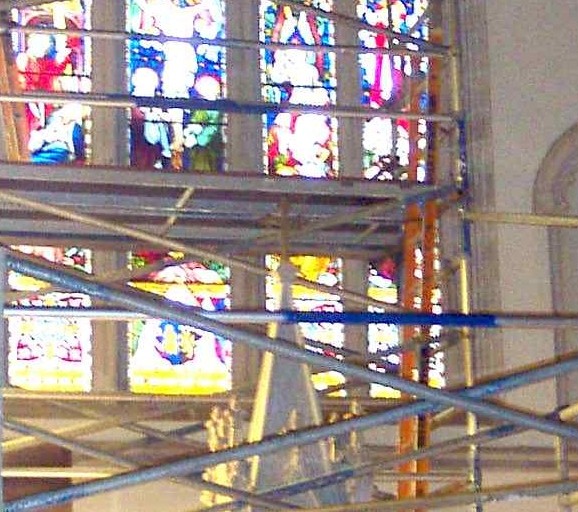
The fabric of a church building, as well as its furnishings and fittings, its sacred vessels and vestments must be well cared. Understanding the cultural heritage of a place begins with historical research and the development of an inventory-catalogue. Valuing the cultural heritage of a place engages the processes of conservation so that its significance is protected and enhanced.
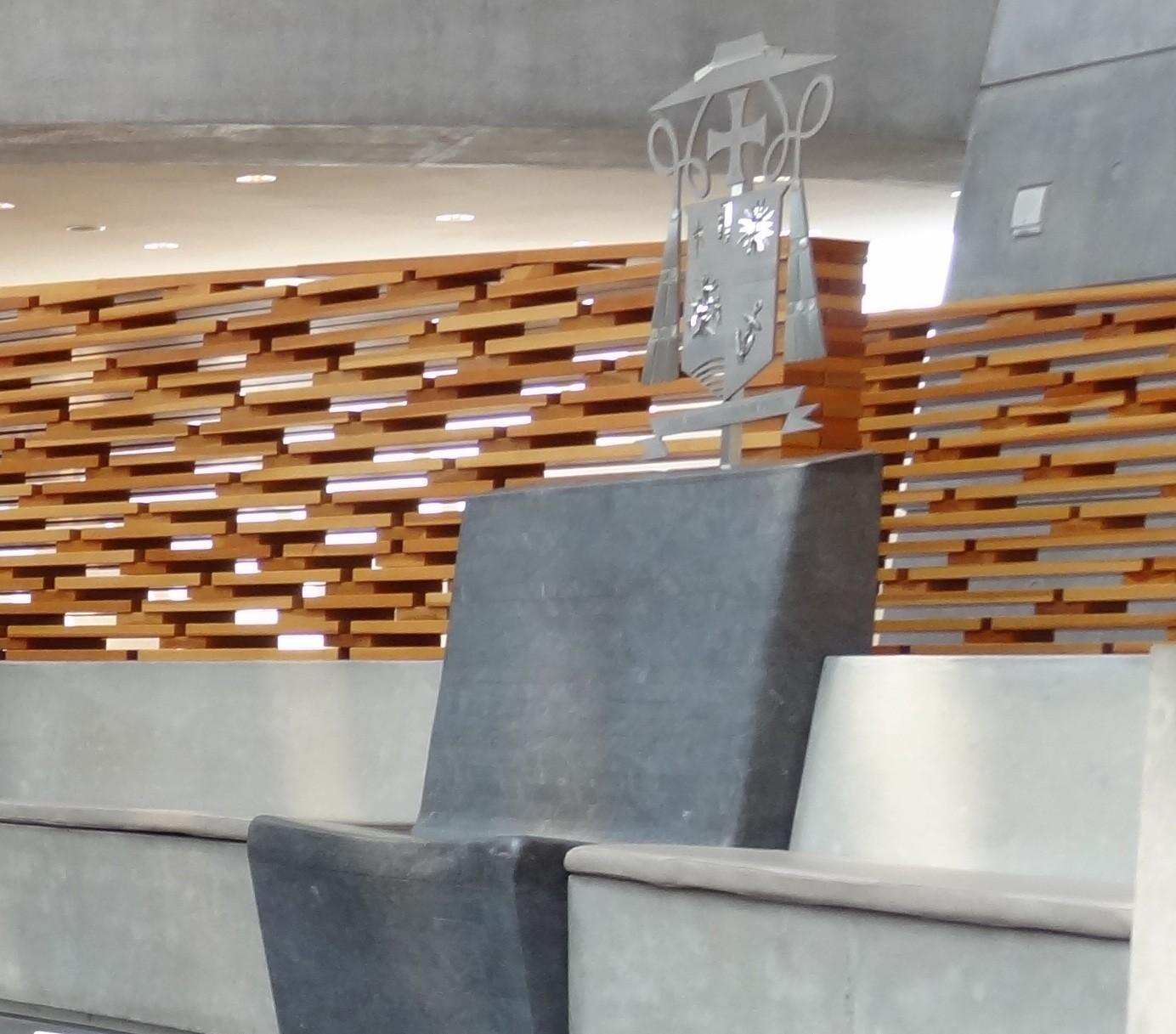
This article outlines the elements of design and positioning of the presider’s chair in the liturgical space which, along with the style of presiding, reinforce the mindset that the liturgy is not what the priest is doing, but rather what he leads the assembly in doing.
PODCASTS
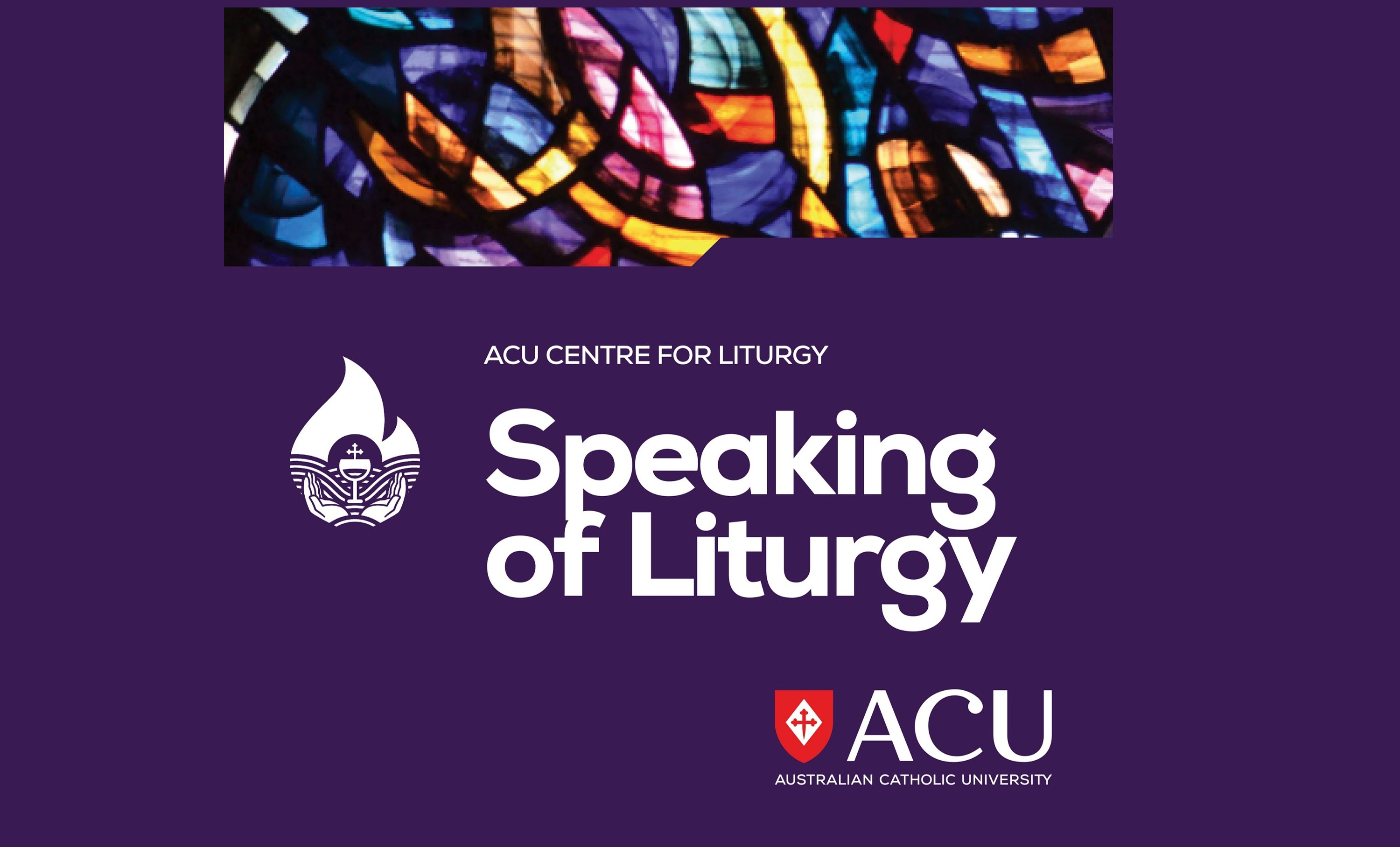
Angela McCarthy encourages communities to consider the importance of art, particularly in relation to places of worship and the liturgy.

Fr Stephen Hackett MSC asks what makes a church look like a church and how do communities preserve their cultural heritage?

